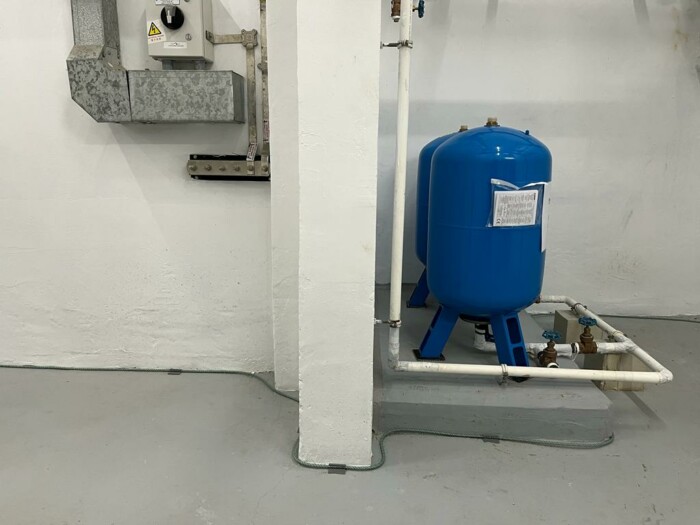TTK Project Case Study: TTK in Hongkong Fire Service Dep’t Quarters
TTK WATER LEAK DETECTION SYSTEM IN HONGKONG FIRE SERVICE DEP’T QUARTERS

View the case study in PDF format.
Project Background
The “Residential Quarters for the Fire Services Department” comprises of four 16-storey towers and one 17-storey tower. There are also ancillary facilities and a central landscaped.
This is a much-anticipated pilot project as it is Hong Kong’s first high-rise residential project constructed with Modular Integrated Construction (MiC), an innovative construction technology.

Project Requirement
The client: Hongkong Architectural Services Department, required a reliable water leak detection system to monitor various technical areas located on the ground level and roof level of the five towers and ancillary facilities against critical water or dangerous liquids leakage. Furthermore, to fulfil the government specification and create maximum security, the client requested for the system to be simultaneously accessible via multiple interfaces.
Areas to be Monitored
The entire technical areas of the 5 residential towers, such as:
- Main Distribution Frame (MDF) room
- Telecommunications Broadcasting Equipment (TBE) rooms
- Lift Machine rooms
- Rainwater pump rooms, Potable water pump rooms, Flush water pump rooms
- Switch rooms
- Electrical rooms
- Generator rooms
In total, 1500 metres of addressable sensing cables are installed.

TTK addressable sensing cable installed close to a pump

FG-ALS4 local monitoring panel and FG-DTM Modbus Interface installed on site
TTK’s Solution
- To provide a high-performance and multiple-interfaces water leak detection system, TTK Asia recommended a system with two central monitoring panels supervising forty-one local modules.
The digital panel (FG-SYS) acts as central monitoring unit from which local analogue panels (FG-ALS4, four zones locating alarm and monitoring panel) and all connected sensing cables circuits can be supervised. Meanwhile, each analogue panel acts as an independent local detection module which at the same time displays leak details while still sending information to the central interface and the BMS (see diagram).
In the event of a leak being detected on a local panel, it sounds an alarm, activates local relays, displays the location on the module (precise to 1m) and simultaneously sends signals to the central monitoring digital panel. Therefore, both central and local panels display the alarm information simultaneously to maximize the security level.
To combine both digital and analogue systems, a Modbus interface (FG-DTM) is used.
- FG-DTM Modbus Interface allows seamless connection of digital and analogue systems
The Modbus interface FG-DTM is designed to merge the product line of digital and analogue systems. It collects information from analogue panels and integrates them into the digital system.
The green/red blinking LED on the lid of the box indicates the box’s status in real-time.
- Local panel: equipped with a user-friendly touchscreen interface and multiple independent zones allowing easy system extension if needed in the future.
On each of the local analogue panels FG-ALS4, four independent zones are available. Up to 45 metres of sensing cables can be controlled per zone. In the event of simultaneous leaks on multiple zones, all leaks are alarmed and reported to the BMS.

Extract of TTK leak detection diagram for 3 of the 5 towers
